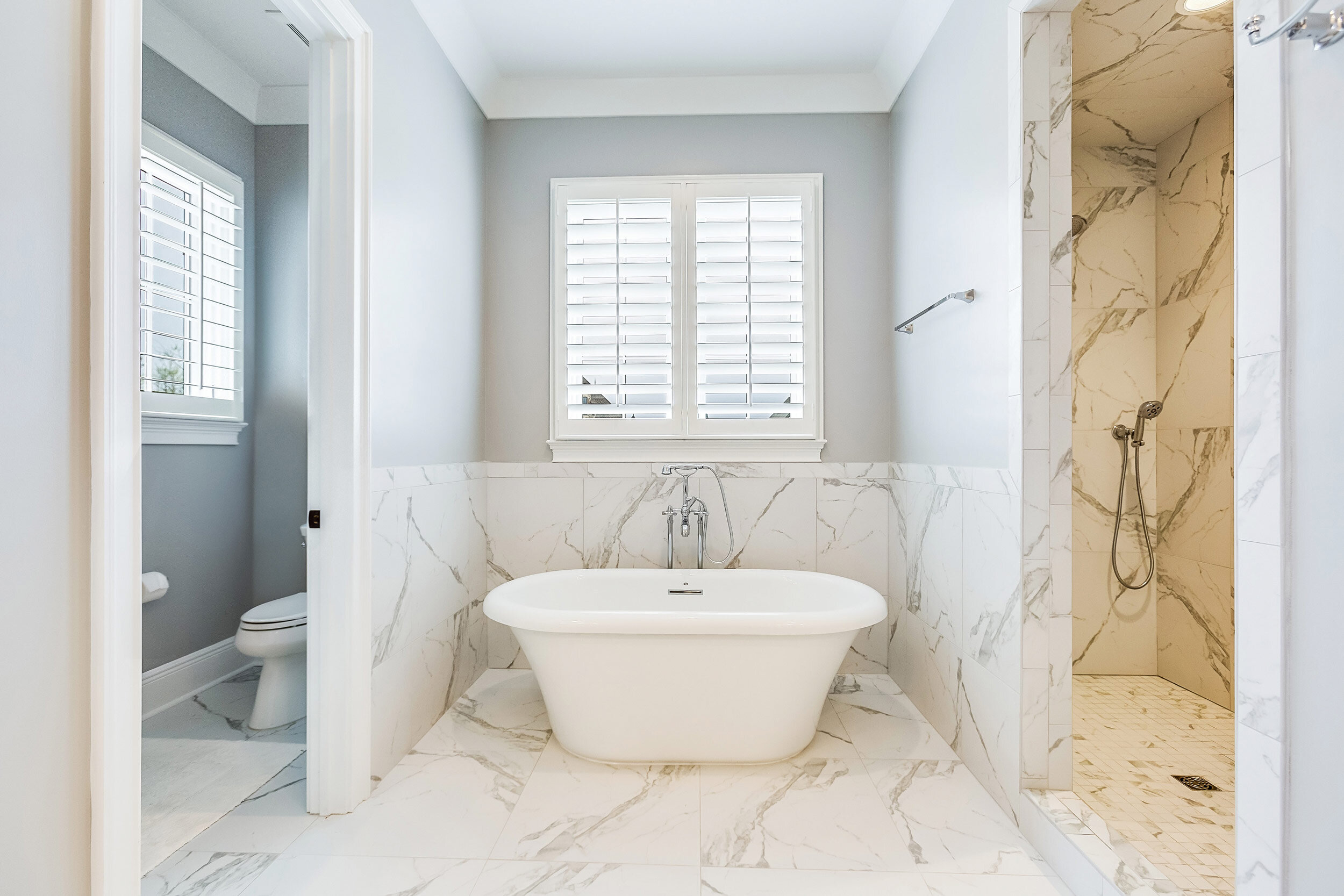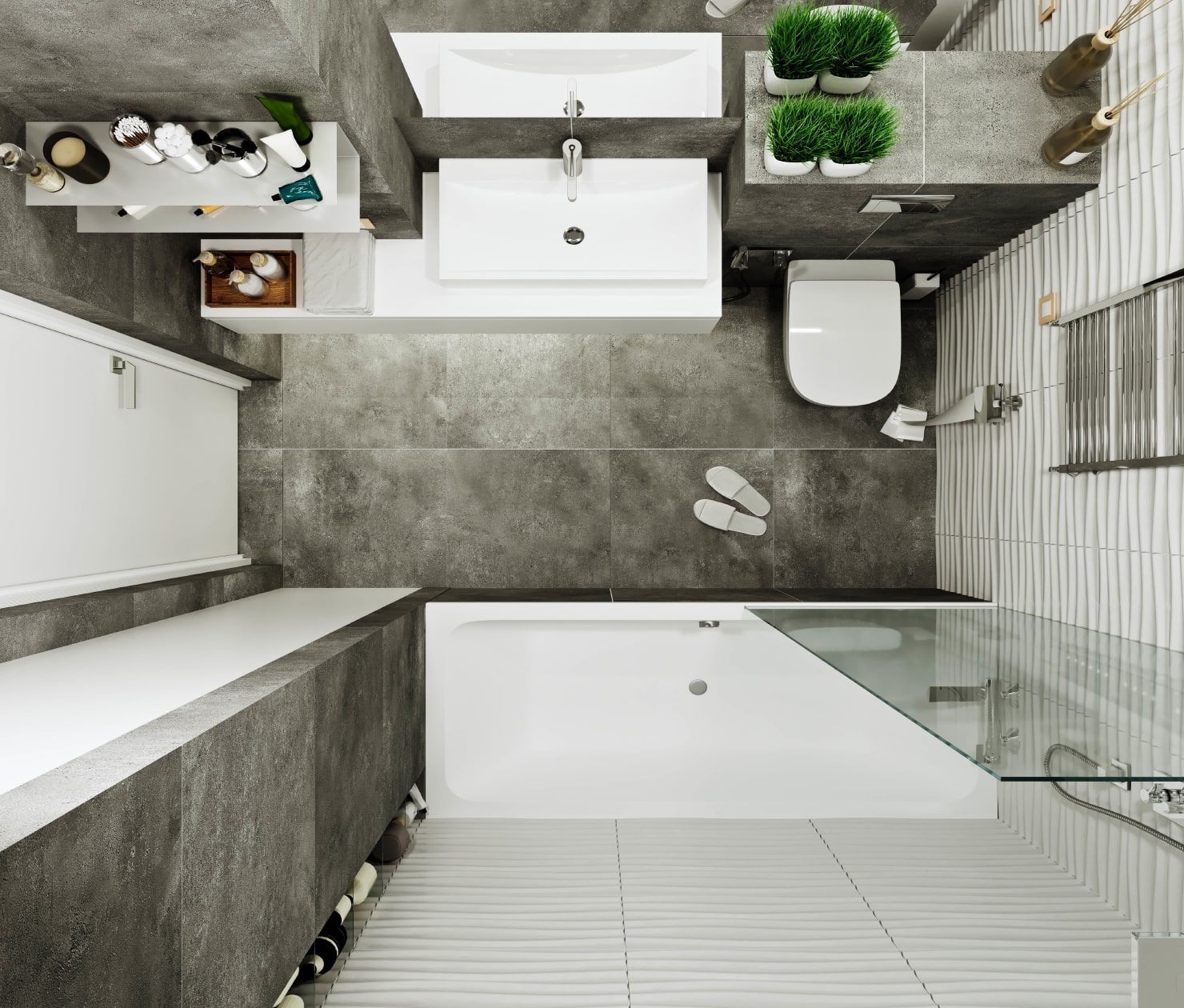Design and Functionality

Creating a small bathroom shower without a door that is both functional and aesthetically pleasing requires careful planning and attention to detail. The goal is to maximize space while maintaining a sense of openness and elegance.
Essential Features for a Small Walk-in Shower
When designing a walk-in shower for a small bathroom, several essential features must be considered. These features ensure both functionality and comfort.
- Showerhead Placement: Position the showerhead strategically to provide optimal water coverage. A rain showerhead or a combination of showerheads can enhance the showering experience.
- Shower Bench or Seat: Incorporating a shower bench or seat offers convenience and accessibility, especially for older adults or individuals with mobility limitations. A fold-down bench can be a space-saving option.
- Storage Solutions: Maximize storage space by incorporating built-in shelves, niches, or a shower caddy. This helps keep the shower area organized and clutter-free.
- Grab Bars: Installing grab bars provides stability and safety, particularly for those who may need extra support. Grab bars should be strategically placed for easy access.
- Non-Slip Flooring: Choose a non-slip flooring material to prevent accidents and ensure safety. Textured tiles or a textured shower pan are ideal choices.
Importance of Ventilation
Proper ventilation is crucial in a small bathroom with a walk-in shower. Without adequate ventilation, moisture can accumulate, leading to mold and mildew growth, which can be harmful to health. A well-ventilated bathroom also helps to prevent odors and maintain a comfortable temperature.
- Exhaust Fan: Installing an exhaust fan is essential for removing moisture and steam from the shower area. The fan should be powerful enough to effectively remove moisture and be vented to the exterior of the house.
- Window: If possible, a window in the bathroom can provide natural ventilation and help to reduce humidity levels.
- Door Placement: Placing the bathroom door in a position that allows for air circulation is important. A door that swings outward can create a draft, helping to draw out moisture.
Advantages of Clear Glass
Using clear glass for the shower enclosure in a small bathroom offers several advantages. Clear glass creates a sense of spaciousness and openness, making the bathroom feel larger.
- Visual Expansion: Clear glass allows light to pass through, making the bathroom appear brighter and more spacious. This is particularly beneficial in smaller bathrooms where natural light may be limited.
- Enhanced Aesthetics: Clear glass provides a sleek and modern look, complementing various bathroom design styles.
- Easy Maintenance: Clear glass is relatively easy to clean and maintain, making it a practical choice for a busy bathroom.
Tips for Installation and Maintenance: Small Bathroom Shower Without Door

Installing a walk-in shower in a small bathroom can be a great way to maximize space and create a luxurious feel. However, proper installation and maintenance are crucial to ensure its longevity and functionality.
Installing a Walk-In Shower
Before you start, gather all the necessary tools and materials. Here is a step-by-step guide for installing a walk-in shower:
- Prepare the area: Remove any existing fixtures and materials, including the old shower stall, if applicable. Ensure the floor is level and clean.
- Install the shower pan: Choose a pan made from durable, waterproof materials like acrylic or fiberglass. Install it according to the manufacturer’s instructions, ensuring proper drainage and leveling.
- Build the shower walls: Depending on your choice of materials, you can use prefabricated shower walls or build them from scratch using tile, waterproof panels, or other suitable materials. Ensure the walls are plumb and securely attached to the floor.
- Install the showerhead and plumbing: Connect the showerhead to the plumbing system, ensuring proper sealing and pressure. Consider a handheld showerhead for added convenience.
- Install the door: Choose a shower door made from tempered glass or other sturdy material. Ensure it is installed securely and allows for smooth opening and closing.
- Apply sealant: Use a high-quality waterproof sealant around the shower pan, walls, and door to prevent leaks and water damage.
Importance of Waterproof Materials, Small bathroom shower without door
Using waterproof materials for the shower enclosure is essential to prevent water damage and mold growth. Materials like tile, fiberglass, and acrylic are known for their water resistance. They also help to maintain a clean and hygienic shower environment.
Maintaining a Walk-In Shower
Proper maintenance is key to keeping your walk-in shower in good condition. Here are some tips:
- Clean regularly: Clean the shower enclosure and walls with a mild detergent and water. Use a squeegee to wipe away excess water after each use.
- Check for leaks: Inspect the shower enclosure and plumbing for any leaks or signs of water damage. Address these issues promptly to prevent further problems.
- Clean showerheads: Regularly clean the showerhead to prevent mineral buildup and ensure proper water flow.
- Inspect sealant: Check the sealant around the shower pan, walls, and door for cracks or gaps. Reapply sealant as needed.
- Ventilate the bathroom: Use a fan or open a window to ensure adequate ventilation after showering. This helps prevent mold and mildew growth.
Tools and Materials Needed for Installation
- Measuring tape
- Level
- Saw
- Drill
- Screwdriver
- Caulk gun
- Waterproof sealant
- Shower pan
- Shower walls (prefabricated or materials for building them)
- Shower door
- Showerhead
- Plumbing supplies
- Safety gear (gloves, goggles)
